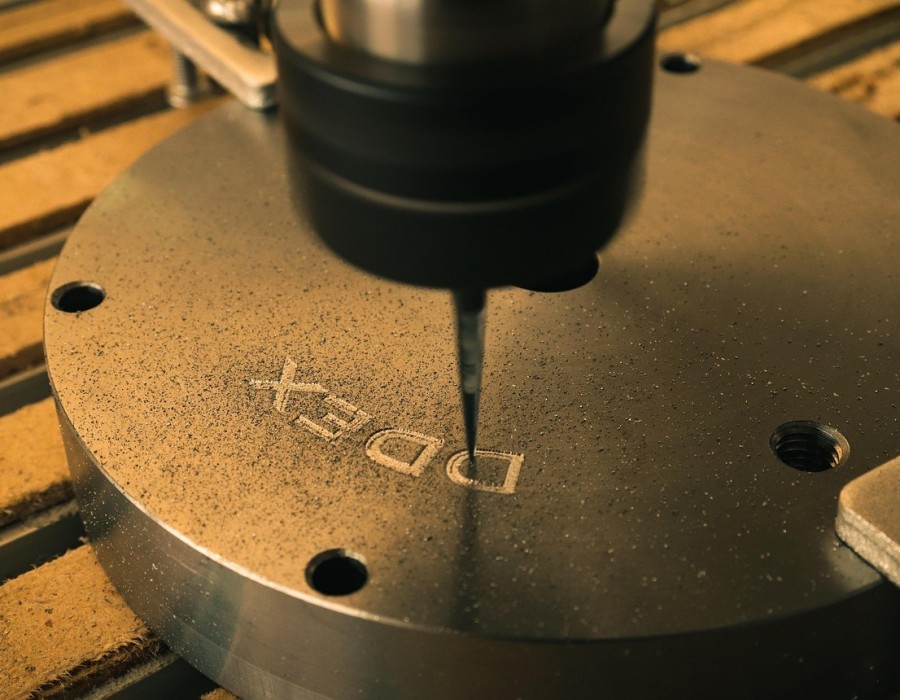Vertical Boring Machines excel at handling large, heavy, and often irregularly shaped components. Their ability to deliver exceptional accuracy in operations such as boring, turning, and facing makes them essential for producing high-quality results in demanding applications. To ensure the machine operates at peak performance, regular maintenance is essential. Regular maintenance also provides the following benefits:
· Prevents costly repairs and part replacement in the future
· Reduces unplanned downtimes
· Extends the equipment’s lifespan
· Improves safety
What are the best machine maintenance strategies? This guide explores a comprehensive range of maintenance tips tailored to maximise the machine’s potential:
Regular and Proper Machine Lubrication
In these machines, the constant movement of heavy components, precision tools, and critical parts generates friction. Inadequate lubrication can increase friction, which can then lead to overheating, increased wear, and, ultimately, machine failure. Proper lubrication minimises friction, ensures smooth operation, enhances performance, and extends the lifespan of the machine.
Carefully review the machine's user manual to locate all lubrication points, such as spindles, guideways, and bearings. Develop a lubrication checklist to ensure that no component is overlooked during maintenance routines. Confirm that oil or grease can reach all critical points without obstruction. Most importantly, ensure you use manufacturer-recommended lubricant.
Thorough Routine Inspections
By examining the machine regularly, you can identify early warning signs of wear, damage, or malfunction. This allows for timely intervention before minor issues escalate into costly repairs or operational downtime. The areas to inspect include the spindle to ensure it is functioning smoothly, bearings for seamless movements, and the accuracy of the tool holders. Repair or replace malfunctioning parts as necessary. Proactive inspections offer several advantages, including improved safety, enhanced equipment precision, and reduced downtimes.
Ensure Machine Cleanliness
The operation of machining involves constant cutting, boring, and shaping. These operations produce a significant amount of dust, debris, and metal shavings. Over time, these materials can accumulate in sensitive components, leading to mechanical damage, reduced efficiency, and even safety hazards. Regular cleaning not only preserves the machine's integrity but also ensures smooth operations and a safer work environment.
After each operation, remove all chips and debris from the worktable using appropriate tools such as brushes, air blowers, or vacuum systems. Keep the floor and surrounding workspace free of debris to prevent it from being tracked back onto the machine. Regularly check, clean, and replace air filters to maintain airflow through the machine's ventilation systems.
Proper Machine Alignment and Calibration
As the machine continues to provide Large CNC Machining Services, factors such as regular use, vibrations, thermal expansion, and wear can lead to misalignment or a loss of calibration. Proper alignment ensures that all axes and components are correctly positioned, enabling precise cuts and consistent results. Calibrated machines minimise errors, reducing the need for rework and maintaining high production speeds. While routine checks and minor adjustments can be handled by operators or maintenance staff, advanced alignment and calibration tasks may require the expertise of a professional technician.
Machine Operator Training
No matter how advanced or well-maintained the equipment, improper handling or lack of operator knowledge can lead to inefficiency, making operator training essential. Skilled operators understand how to use the machine optimally, ensuring efficient operation and precise results. For example, trained operators can quickly identify early signs of wear, malfunction, or unusual behaviour, allowing for prompt intervention.
Maintain the Machine in Top Shape at All Times
Ensuring this machine is in perfect shape requires dedication, attention to detail, and a proactive approach. Regular lubrication, routine inspections, and cleanliness practices ensure the machine remains reliable and efficient. Proper machine alignment and calibration, coupled with operator training, complete a robust maintenance strategy. Treat the boring machine as an investment, and it will continue to deliver exceptional performance for years to come.




.png)

Comments